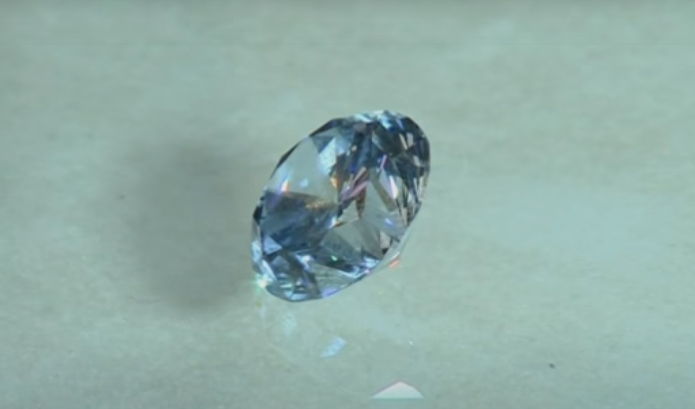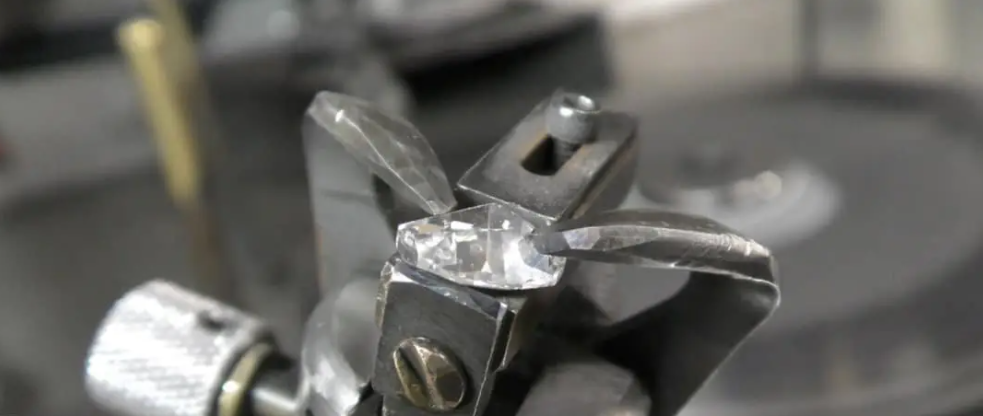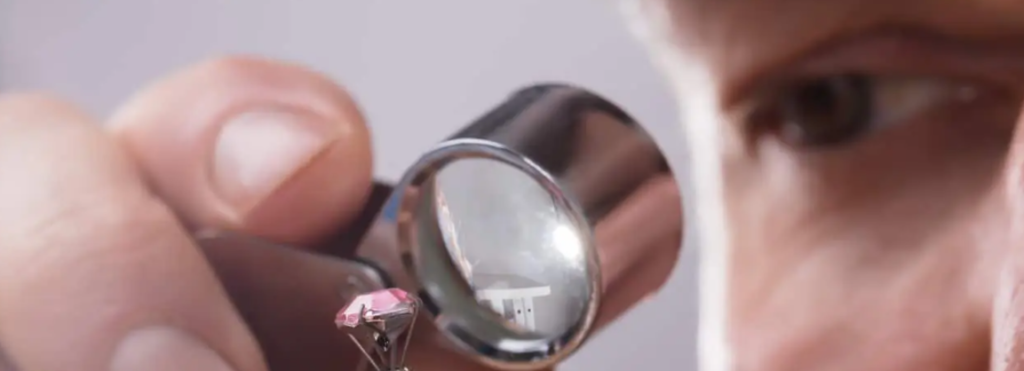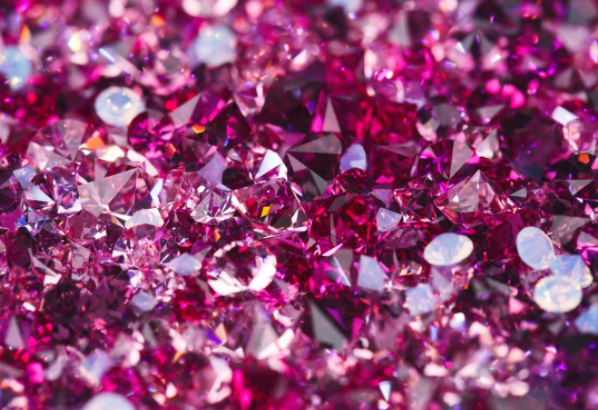Not all of these stones can be classified as diamonds. The quality, color, impurities contained in natural samples are a decisive factor on the basis of which the stone is sorted and its further “fate” determined.
The purest diamonds go to the jewelers, but this does not mean that the samples widely used in the industrial field are of poor quality. Since any “representative” of this type of stone is an unsurpassed specimen of hardness, it can be used as an abrasive for the manufacture of discs and grinding wheels. Diamonds are used in the manufacture of watches, as well as in the nuclear industry, in the field of microelectronics and quantum computers.
How diamonds are formed

Until now, there is no established opinion among experts about where these amazing stones came from in nature. The most popular hypothesis is that the crystallization of diamonds occurred in the most ancient period, during the gradual cooling of the mantle-silicate melt. The process of formation of the crystal lattice of diamonds is accompanied by very high pressure (about 5000 MPa), and its depth is about 200 kilometers.
After several strong volcanic explosions, the very kimberlite pipes are formed, which are the places of occurrence and extraction of stones. As for the diamonds found in the fragments of meteorites and meteorite craters, they belong to the fine-crystalline varieties. How diamonds are formed →
Color and shine
The types and their color qualities directly depend on the impurities they contain. Despite the small percentage of foreign inclusions, it is they that have a decisive influence on what stones are in terms of color and brilliance.
For example, the influence of nitrogen, iron and boron on the color and beauty of overflows in a stone is known, and its unique property of emitting light under the influence of X-ray irradiation depends on the nitrogen content. It is believed that the more nitrogen inclusions in the mineral, the more beautiful and rich it will look.
Minerals of blue colors arise from impurities of boron, and pinkish ones are obtained as a result of deformations that the crystal lattice of the stone has undergone during its complex formation.
In order to better distinguish, there is a generally accepted division by color:
Cut

As already mentioned, it is with its help that a natural reveals all its amazing qualities, turning into a legendary. Cutting techniques depend on the initial shapes of the crystals. Getting started, the master must perform a difficult task, the essence of which is to preserve the stone as much as possible.
Purity
The clarity is the presence or absence of visually visible impurities or defects in its structure. There are no visible inclusions in stones of a high purity level.
Karat
In nature, there is a tree called Ceratonia siliqua, the seeds of which weigh almost the same. Once upon a time, people noticed such a rare and unique constancy of mass, which was 0.19 grams. It is for this reason that the weight of the gemstones was subsequently compared with the weight of the seeds of Ceratonia siliqua. The measure of weight is called “carat”, that is, equal to the mass of a carob seed. Of course, this method of weighing has not been used for a long time, but the word “carat” or “karat” remains – just like the size of the carat itself.
Choosing – how not to make a mistake
Unfortunately, many gemstones are counterfeited and are naturally no exception. It is important to know how to choose the right diamond so as not to become a victim of scammers who, disguised as a gem, can sell ordinary glass.

When talking to sellers, you have every right to ask them to show a quality certificate for the stones on sale. Usually, certificates are a guarantee that the minerals in the jewelry are real.
It will not be superfluous to understand how to choose based on its visual characteristics:
- You can breathe on the stone. If it is real, there will be no fogging, because the diamond has the ability to dissipate heat.
- The strength of the installation and the quality of the frame should be evaluated. The metal shouldn’t look cheap, and the piece itself shouldn’t be too light.
- Inspect the inside of a ring or other piece of jewelry for a test or a stamp. If you see the letters CZ, be careful: this is not a diamond, but a beautiful, but cheaper cubic zirconia. How to distinguish a diamond from cubic zirconia →
- If you have a tenfold loupe, you can learn more about the inner structure of the stone. Even if you have a diamond of perfect clarity in front of you, small defects and inclusions will still occur: this is how nature made it. If the sample is suspiciously perfect, it is likely that the mineral is artificial.
- If possible, throw a stone into a glass of water. A fake will immediately pop up, and a real diamond will go to the bottom due to its natural mass.
A diamond is an expensive stone, so its choice must be approached with great responsibility. If you want to buy jewelry with this mineral, it is best to buy such items from trusted sellers, and go shopping with a person who has experience with jewelry.
Another article on this blog that might interests you:





